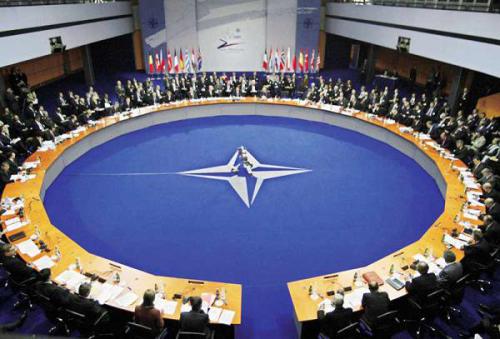Recently, the United States government unveiled a new 2-year plan in support of NATO’s Smart Defense initiative, which strives to facilitate procurement among NATO member countries. Rather than conducting arms sales with individual countries, the US Defense and State Departments will assess requests to buy American equipment from a ‘lead nation’ or NATO organization on a case-by-case basis. This program aims to establish more accommodating rules in order to keep up with evolving business practices. This initiative complements Pentagon priorities such as the Better Buying Power 3.0 program, which advocates additional burden-sharing with NATO member countries in the development and prototyping of weapons systems and platforms.
Moreover, according to an expert from the National Security and Defense Council’s Interdepartmental Commission for Military-Technological Cooperation Policy and Exports Control, Ukraine is ready to join the NATO arms procurement network — a possibility which was discussed at a meeting of the Ukraine-NATO joint working group. Ukrainian accession to the NATO arms procurement system will enhance its military-technological cooperation with alliance member countries. US defense secretary Ashton Carter states that “if confirmed, I will continue to encourage US partners, such as Moldova, Georgia, and Ukraine, to build their security capacity and military interoperability with NATO.”
In further news, according to the separate US 2015 Defense Authorization Act, signed into law on December 19, 2014, “The United States should work with other NATO members as they seek to modernize their defense capabilities to encourage such members to procure defense systems, including air and missile defense systems, that are interoperable with NATO defense systems and help fill critical NATO shortfalls.” The declaration will be beneficial for American companies Raytheon and Lockheed Martin, whose weapons have proven interoperable with alliance countries. Currently, Raytheon is offering its Patriot system to Poland, Germany and Turkey, whereas Lockheed is offering its new Medium Extended Area Defense System (MEADS) to Germany. MEADS was co-developed by Germany, Italy and the United States, as an eventual replacement for the Patriot system.
Interoperability is indeed a key priority for NATO, with the recently released NATO Secretary-General’s Annual Report lauding the Partnership Interoperability Platform. The platform affords Allies and their 24 partners a means to cooperate on interoperability. Countries such as Australia, Finland, Georgia, Jordan, and Sweden have been offered enhanced opportunities in light of their contributions to NATO-led operations. NATO also has appointed a special advisor for military education reforms, which will advise the Ukrainian Ministry of Defence on advanced military education systems.
At the strategic level, interoperability enables coalition building and facilitates meaningful contributions by coalition partners. Interoperability is an important element of achieving effective and efficient military capabilities, which can also reduce alliance-wide military expenditures and increase the flexibility of forces. In the future, the Alliance can look forward to more procurement measures which stress interoperability and innovation as foundational elements.




